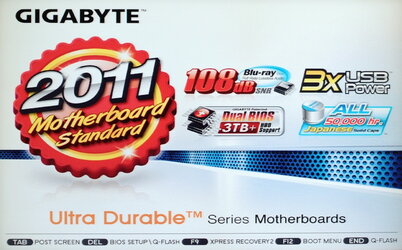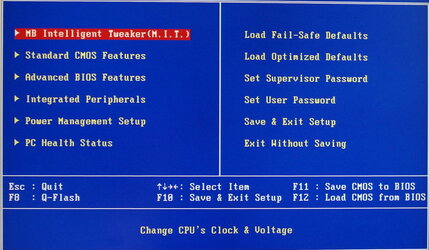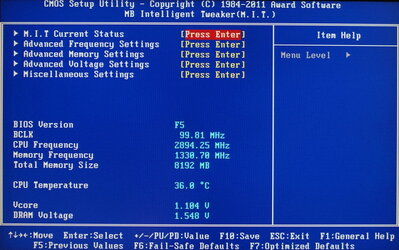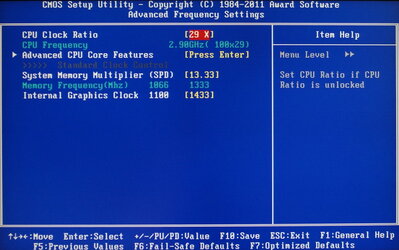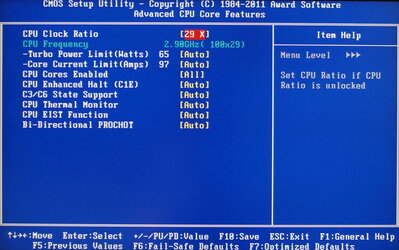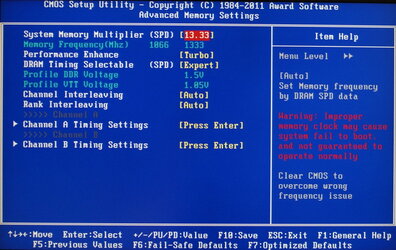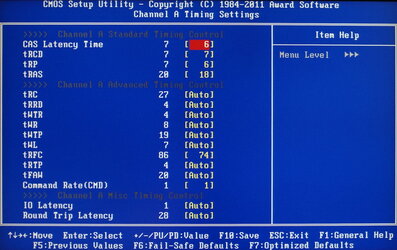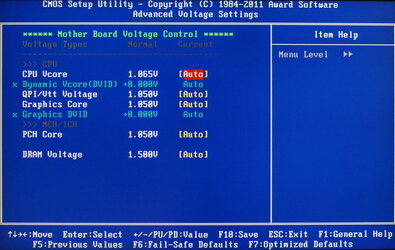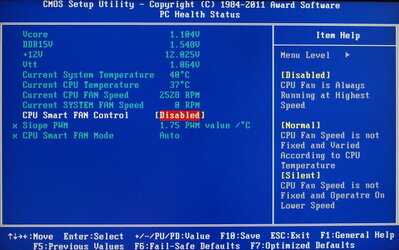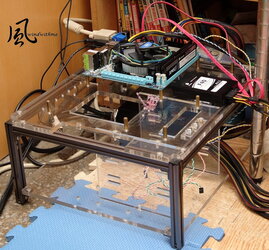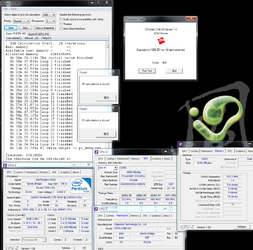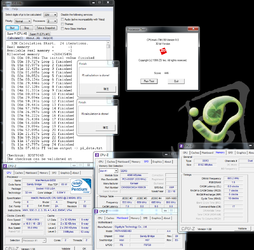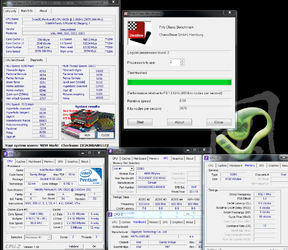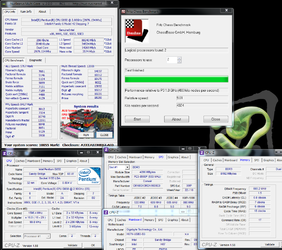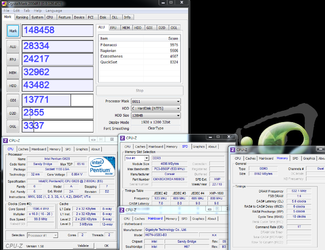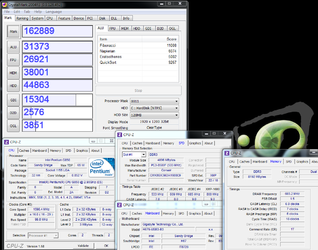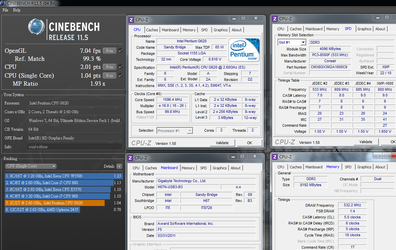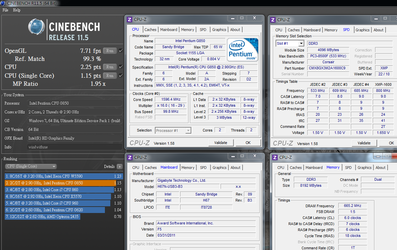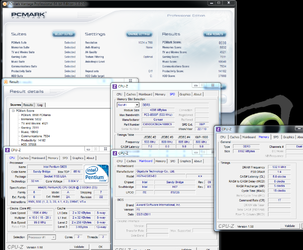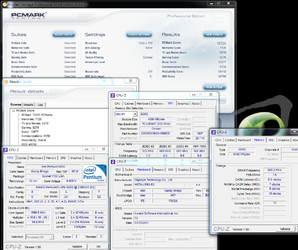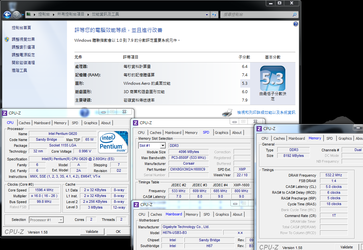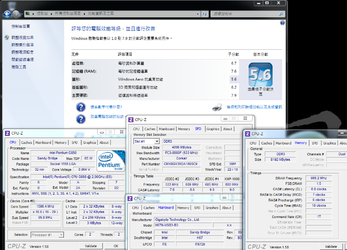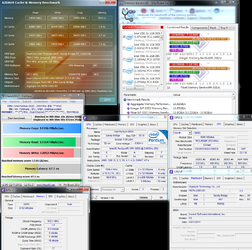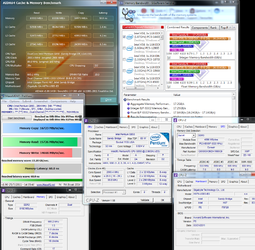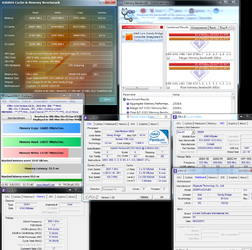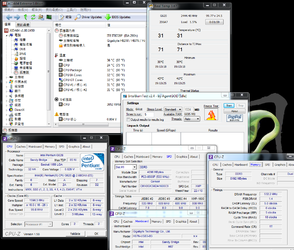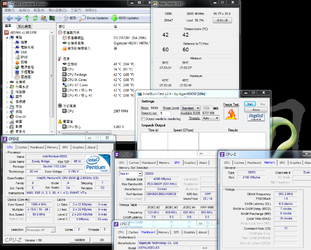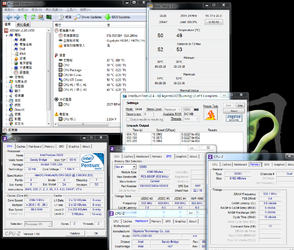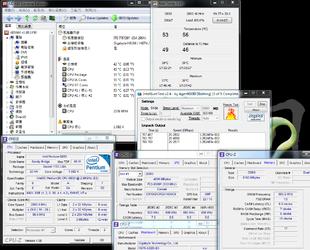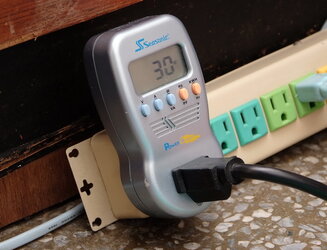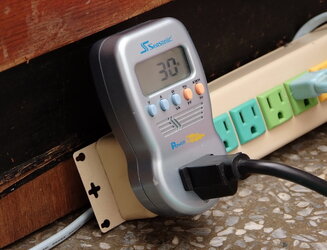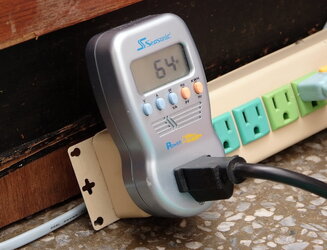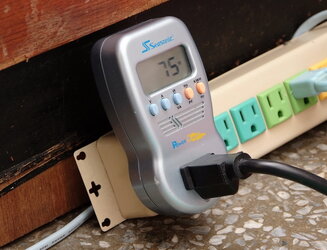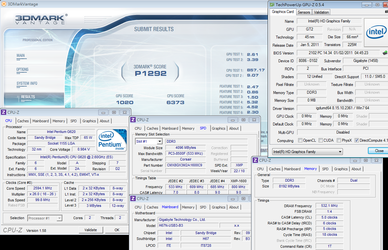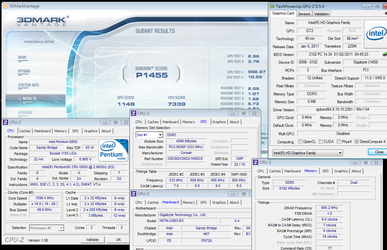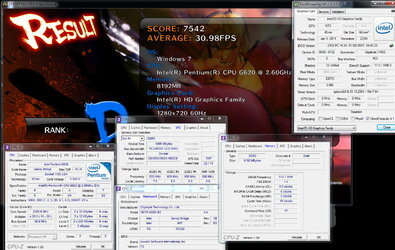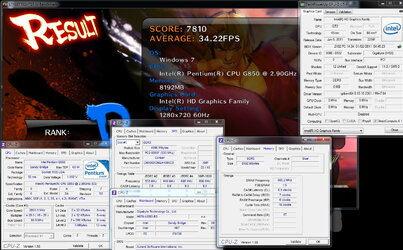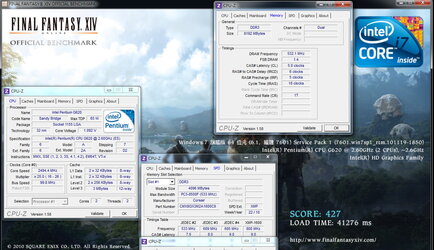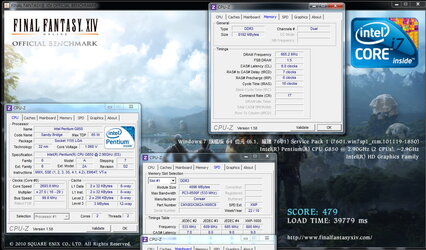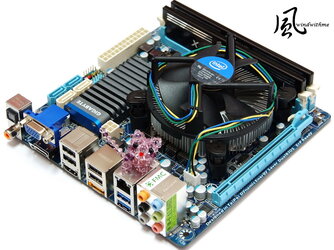- Joined
- Jan 4, 2005
Jan 2011, Intel launched new structure LGA 1155 socket Sandy Bridge platform.
In the first stage, Intel focus on mid to high Core i5 and Core i7.
The chipset is P67 and H67 which are also positioning at mid end.
For the entry product, Intel launched H61 and Core i3 in March.
In the market, Core i3 2100 or 2120 price is still high for entry CPU segment.
For the users, lower than 100USD Sandy Bridge CPU is more suitable for office or worksheet users.
LGA 1156 has Pentium G6950 which is cheaper and enough performance.
However, in Taiwan, G6950 is the only model for 1156 platform.
Sandy Bridge launched 3 Pentium CPU, G620/G840/G850, in May.
It’s better structure and richer options for Intel platform CPU.

First of all, let’s check Intel Pentium Processor G620, the clock is 2.6GHz.
Physical 2 Cores don’t support Hyper-Threading. It can support 2 threads which called 2C/2T.
32nm and Max TDP is 65W. L3 Cache is 3MB. It’s most entry 2 Cores CPU in LGA 1155.

Lower-Left is G620 back.
Upper-Right is bottom of original cooler for 2 Cores CPU. Intel uses non0-sooper design.

Another more high end G series, Intel Pentium Processor G850, clock is 2.9GHz.
The other specs are same as G620.
The main difference of G850 and i3 -2100 are Hyper-Threading and Intel GPU version.
For advanced technology, i3 can support more. You can find the detail in official spec documents.

G850 back is same as G620.
Besides the clock, G850 DDR3 also support to 1333.
It owns Embedded Options Available. These are key difference between G620 and G850.

MB is H67 chipset, GIGABYTE H67N-USB3-B3. The price is not high as ITX and H67.
Also the components and features are good quality. C/P is acceptable.

CPU is 4+1 phases PWM. 2 DIMM DDR3 support max 16GB.
It built-in 2 SATA3 and 1 PCI-E X16 which is quite good spec for ITX

IO
1 X S/PDIF fiber and coaxial output
1 X D-SUB/2 X HDMI
4 X USB 2.0(Black)
2 X USB 3.0(Vlue)
1 X RJ-45 LAN
1 X eSATA(Yellow)

USB 3.0 chip uses NEC D720200AF1, made in Japan.
If GIGABYTE can add Bluetooth and mSATA wireless slot will be more practical for HTPC.


AMD normally has more advantage in ITX MB. Some brands have many product lines but not easy to find in Taiwan.
Since Intel IGP performance is much improved, H55 and H67/H61 all have many ITX MB.
The price is cheaper than AMD ITX MB. Users can have more options within budget.
H67N-USB3-B3 price is higher than entry H61 boards. Normally, USB 3.0 H61/H67 is around 10~15 USD higher.
If you don’t need RAID or higher spec, you can choose H61 to have better C/P.
In the first stage, Intel focus on mid to high Core i5 and Core i7.
The chipset is P67 and H67 which are also positioning at mid end.
For the entry product, Intel launched H61 and Core i3 in March.
In the market, Core i3 2100 or 2120 price is still high for entry CPU segment.
For the users, lower than 100USD Sandy Bridge CPU is more suitable for office or worksheet users.
LGA 1156 has Pentium G6950 which is cheaper and enough performance.
However, in Taiwan, G6950 is the only model for 1156 platform.
Sandy Bridge launched 3 Pentium CPU, G620/G840/G850, in May.
It’s better structure and richer options for Intel platform CPU.
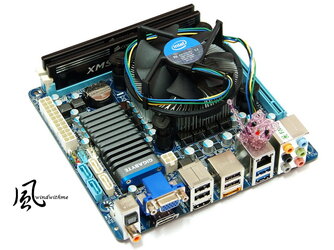
First of all, let’s check Intel Pentium Processor G620, the clock is 2.6GHz.
Physical 2 Cores don’t support Hyper-Threading. It can support 2 threads which called 2C/2T.
32nm and Max TDP is 65W. L3 Cache is 3MB. It’s most entry 2 Cores CPU in LGA 1155.
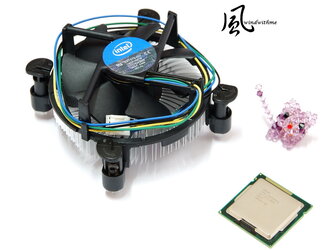
Lower-Left is G620 back.
Upper-Right is bottom of original cooler for 2 Cores CPU. Intel uses non0-sooper design.
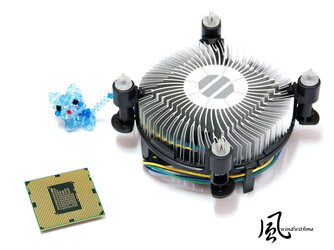
Another more high end G series, Intel Pentium Processor G850, clock is 2.9GHz.
The other specs are same as G620.
The main difference of G850 and i3 -2100 are Hyper-Threading and Intel GPU version.
For advanced technology, i3 can support more. You can find the detail in official spec documents.
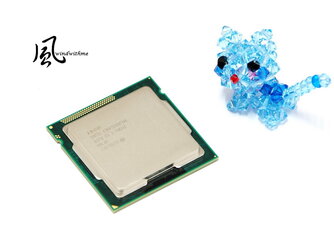
G850 back is same as G620.
Besides the clock, G850 DDR3 also support to 1333.
It owns Embedded Options Available. These are key difference between G620 and G850.
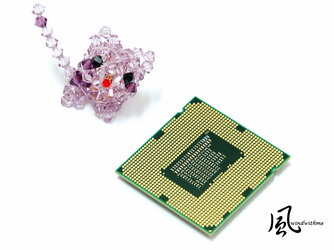
MB is H67 chipset, GIGABYTE H67N-USB3-B3. The price is not high as ITX and H67.
Also the components and features are good quality. C/P is acceptable.
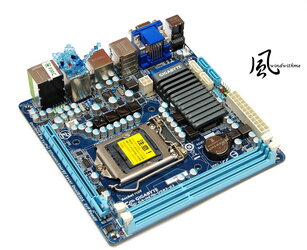
CPU is 4+1 phases PWM. 2 DIMM DDR3 support max 16GB.
It built-in 2 SATA3 and 1 PCI-E X16 which is quite good spec for ITX
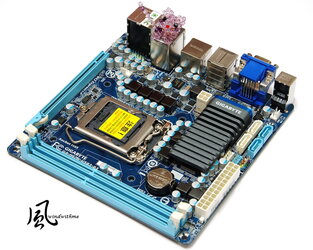
IO
1 X S/PDIF fiber and coaxial output
1 X D-SUB/2 X HDMI
4 X USB 2.0(Black)
2 X USB 3.0(Vlue)
1 X RJ-45 LAN
1 X eSATA(Yellow)
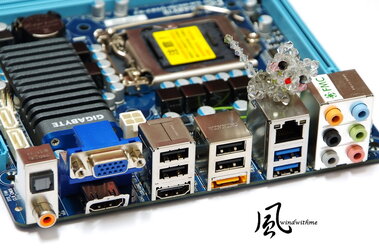
USB 3.0 chip uses NEC D720200AF1, made in Japan.
If GIGABYTE can add Bluetooth and mSATA wireless slot will be more practical for HTPC.
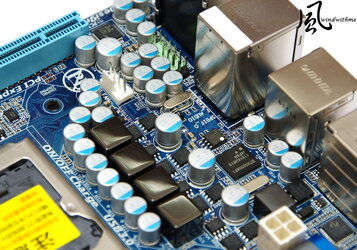
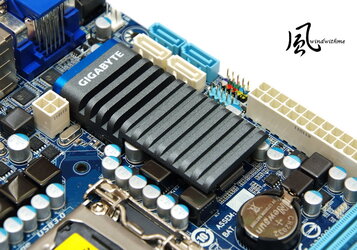
AMD normally has more advantage in ITX MB. Some brands have many product lines but not easy to find in Taiwan.
Since Intel IGP performance is much improved, H55 and H67/H61 all have many ITX MB.
The price is cheaper than AMD ITX MB. Users can have more options within budget.
H67N-USB3-B3 price is higher than entry H61 boards. Normally, USB 3.0 H61/H67 is around 10~15 USD higher.
If you don’t need RAID or higher spec, you can choose H61 to have better C/P.
